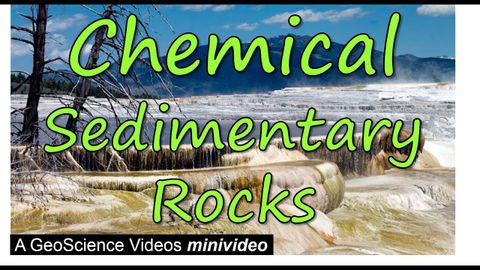
Subtitles & vocabulary
Chemical Sedimentary Rocks
00
Jack posted on 2016/08/03Save
Video vocabulary
eventually
US /ɪˈvɛntʃuəli/
・
UK /ɪˈventʃuəli/
- Adverb
- After a long time; after many attempts; in the end
- At some later time; in the future
A2
More form
US /fɔrm/
・
UK /fɔ:m/
- Noun
- Sports team or person's current winning record
- Document you complete when making an application
- Transitive Verb
- To organize something such as a club or group
- To develop; to come into a shape or substance
A1TOEIC
More leave
US /liv/
・
UK /li:v/
- Verb (Transitive/Intransitive)
- To go away from; depart
- To gift property to someone after you die
- Uncountable Noun
- Permission to do something
- Vacation time; time off work
A1TOEIC
More Use Energy
Unlock All Vocabulary
Unlock pronunciation, explanations, and filters
